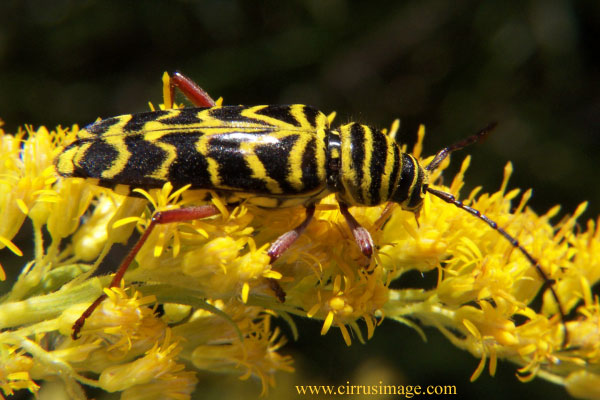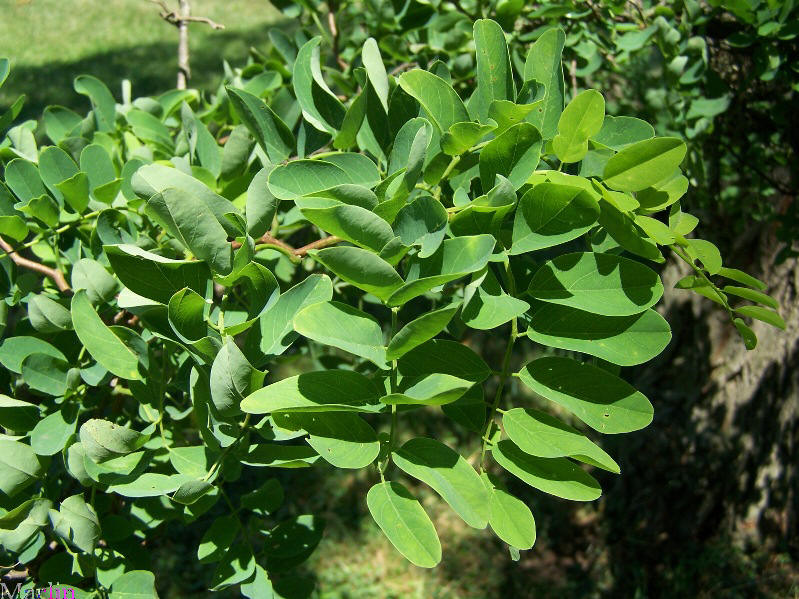Corkscrew Black Locust – Robinia pseudoacacia ‘Tortuosa’
Black locust grows naturally on a wide range of sites but does best on rich moist limestone soils. It has escaped cultivation and become naturalized throughout eastern North America and parts of the West. Black locust is not a commercial timber species but is useful for many other purposes. Because it is a nitrogen fixer and has rapid juvenile growth, it is widely planted as an ornamental, for shelterbelts and for land reclamation. It is suitable for fuelwood and pulp and provides cover for wildlife, browse for deer, and nest cavities for birds.
Black locust has a disjunct original range, the extent of which is not accurately known. The eastern section is centered in the Appalachian Mountains and ranges from central Pennsylvania and southern Ohio, south to northeastern Alabama, northern Georgia, and northwestern South Carolina. The western section includes the Ozark Plateau of southern Missouri, northern Arkansas, and northeastern Oklahoma, and the Ouachita Mountains of central Arkansas and southeastern Oklahoma. Outlying populations appear in southern Indiana and Illinois, Kentucky, Alabama, and Georgia. Black locust has been planted widely and has become naturalized throughout the United States, southern Canada, and parts of Europe and Asia.
Damaging Agents- Black locust is severely damaged by insects and disease, probably more than any other eastern hardwood species. Ubiquitous attacks by the locust borer (below) and by the heart rot fungi Phellinus rimosus or Polyporus robiniophilus make growing black locust for timber production impractical. Locust borer larvae construct feeding tunnels throughout the wood, and the holes serve as entry points for heart rot fungi that cause extensive wood decay.
 Locust Borer Beetle, Megacyllene robiniae
Locust Borer Beetle, Megacyllene robiniae
Locust borer attacks can begin at a young age and damage can be so extensive that trees are not even suitable for fence posts. Many plantations planted in reclamation projects were seriously damaged, but more trees could be used if cut as soon as they reach post or mine-prop size. Slow-growing trees on poor sites are most susceptible to borer attack. On sites where tree vigor is low, repeated attacks often reduce black locust to sprout clumps.

Family: Fabaceae (Leguminosae)
The Fabaceae, or legumes, are mostly herbs but include also shrubs and trees found in both temperate and tropical areas. They comprise one of the largest families of flowering plants, numbering some 400 genera and 10,000 species. Peanuts, beans, peas, wisteria and locust trees are among the family.
Tree Encyclopedia | Tree Index | Fabaceae Index | Birch | Oak
